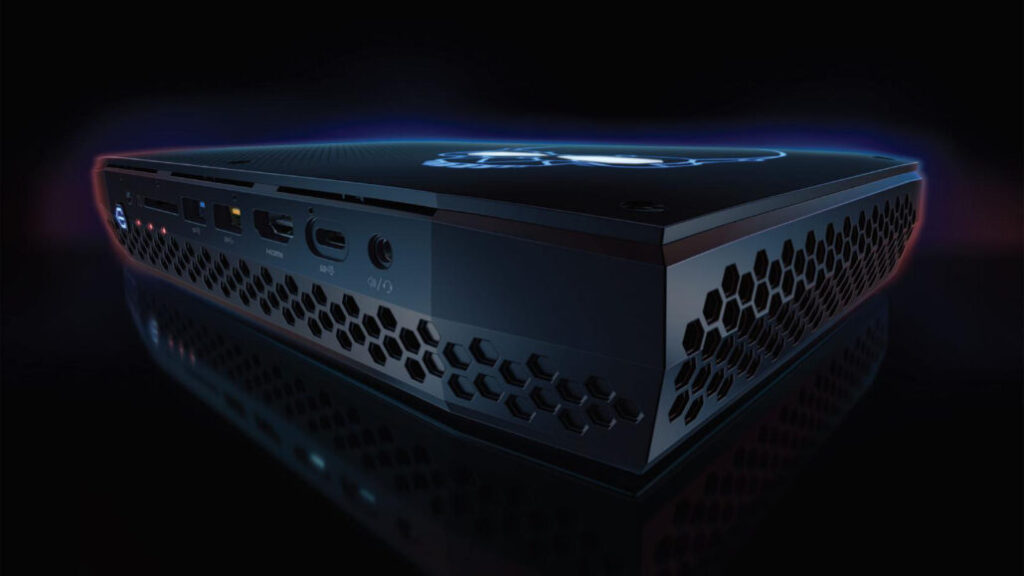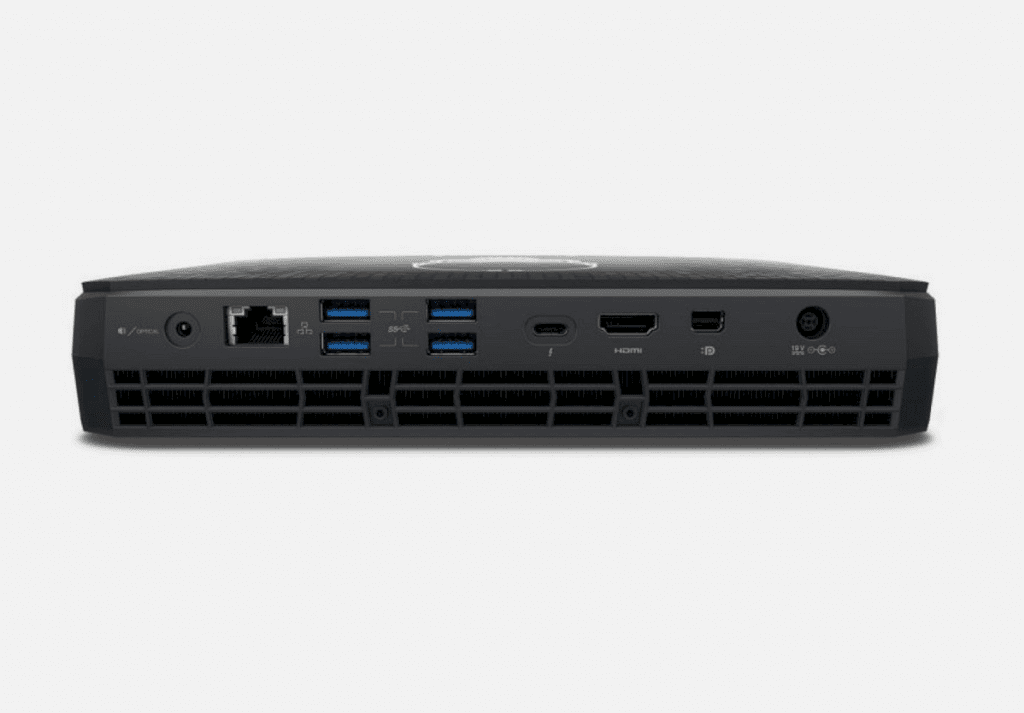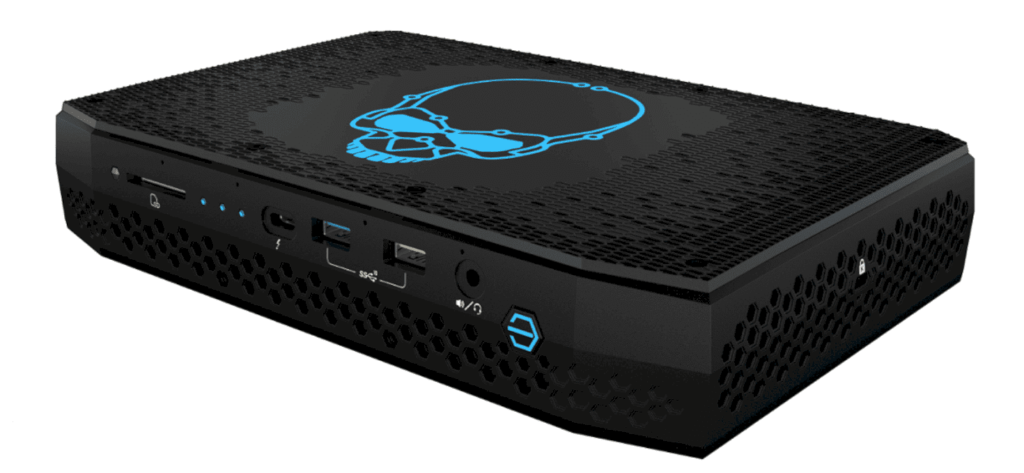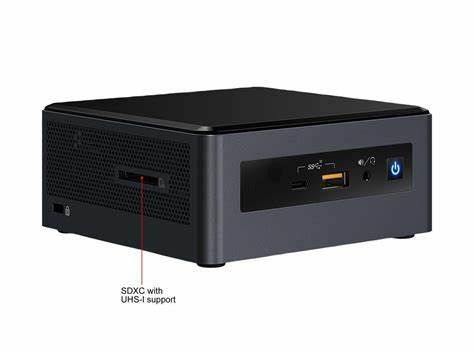Intel has launched the NUC12 (NUC stands for Next Unit of Computing) platform. This system will feature the company’s own discrete graphics card named the Intel Iris Pro. NUC 12 is the first Intel product to include a discrete graphics card in the Intel NUC form factor. With NUC 12, Intel is continuing its trend of bringing the best experiences for its consumers with more powerful, thinner, and energy efficient form factors.
NUC 12 Features

In a bid to satisfy the growing demand for VR and AR applications, Intel recently unveiled the NUC 12, a computer-on-a-stick powered by its new Iris Plus graphics that offers VR performance without the bulkiness of a desktop PC. The new system will help spur adoption of VR and AR, giving consumers a way to experience and enjoy virtual environments on the go without the need for a headset or a bulky PC.
NUC 12 Details

The NUC 12 is available in two flavors: the NUC 12i7FHD and the NUC 12i5FHD. Both feature quad-core Intel Celeron processors clocked at 1.1 GHz, along with 4GB of DDR3 memory and a 2.5-inch hard drive. Storage capacity is limited to 32GB and 64GB respectively.
NUC 12 Specs

The NUC 12 is very affordable, yet offers some of the best specs available. The system includes two M.2 slots, a PCIe slot, a USB 3.0 Type A port, and four audio jacks. Its display is a 14-inch FHD or a 10.1-inch HD touch screen. There are two options for storage. The base model comes with a 2.5-inch solid state drive (SSD) with up to 256GB of space and a 1TB hard drive (HDD) for additional capacity. However, you can opt for a 512GB SSD and a 1TB HDD or 1TB SSD and a 1TB HDD. The processor is Intel’s Sky lake Core i3-7100
NUC 12 Price

To meet the growing demand for virtual reality (VR) and augmented reality (AR) applications, Intel released its NUC 12 computer-on-a-stick, powered by its new Iris Plus graphics, designed to deliver VR performance without the bulkiness of a desktop PC. The new system helps spur adoption of VR and AR, giving consumers a way to experience and enjoy virtual environments on the go without the need for a headset or a bulky PC.
